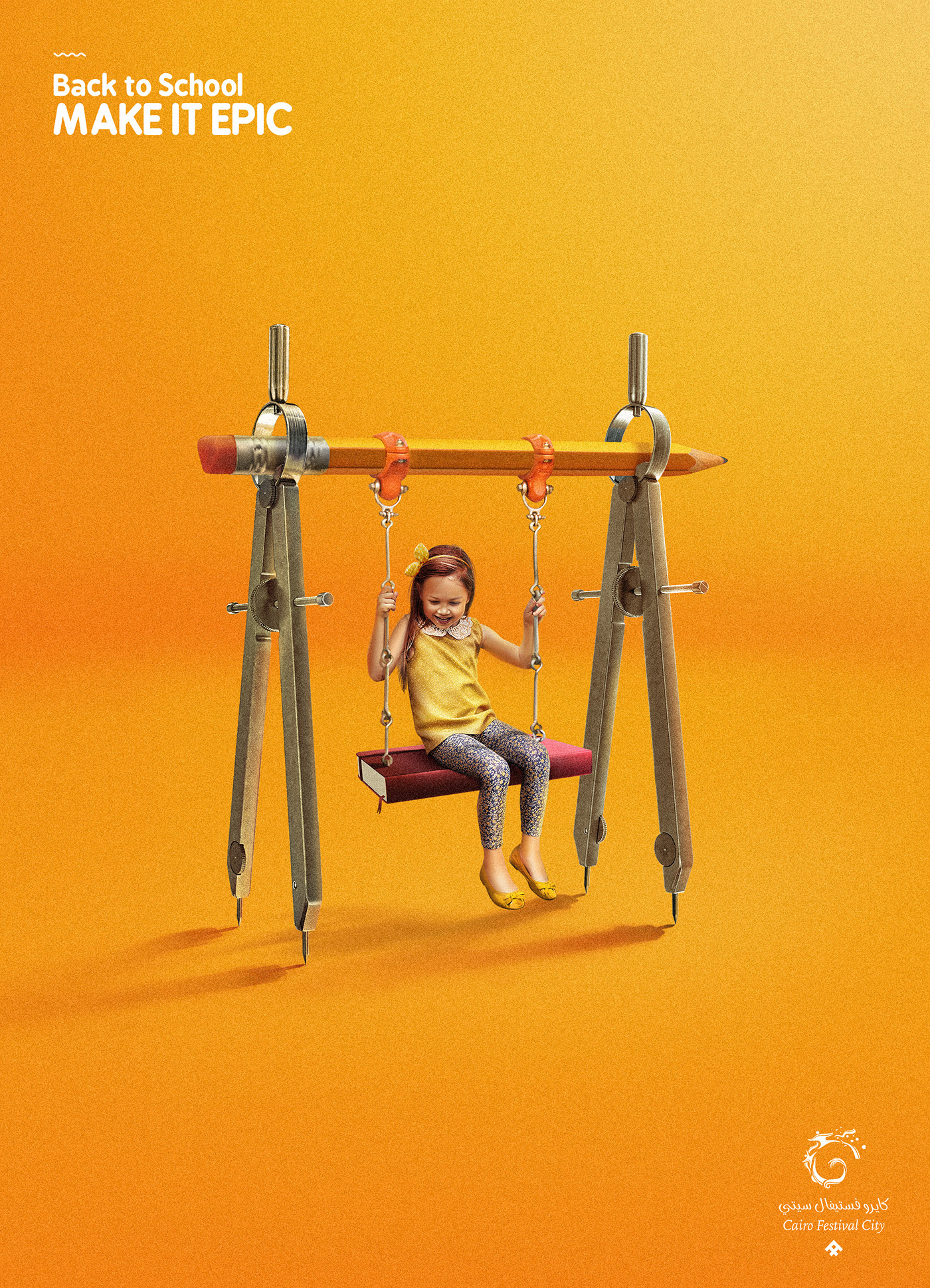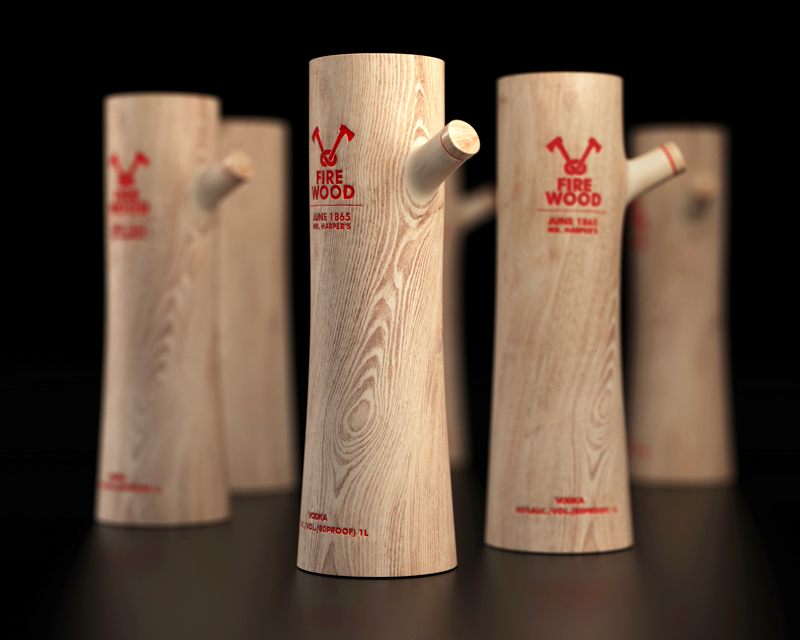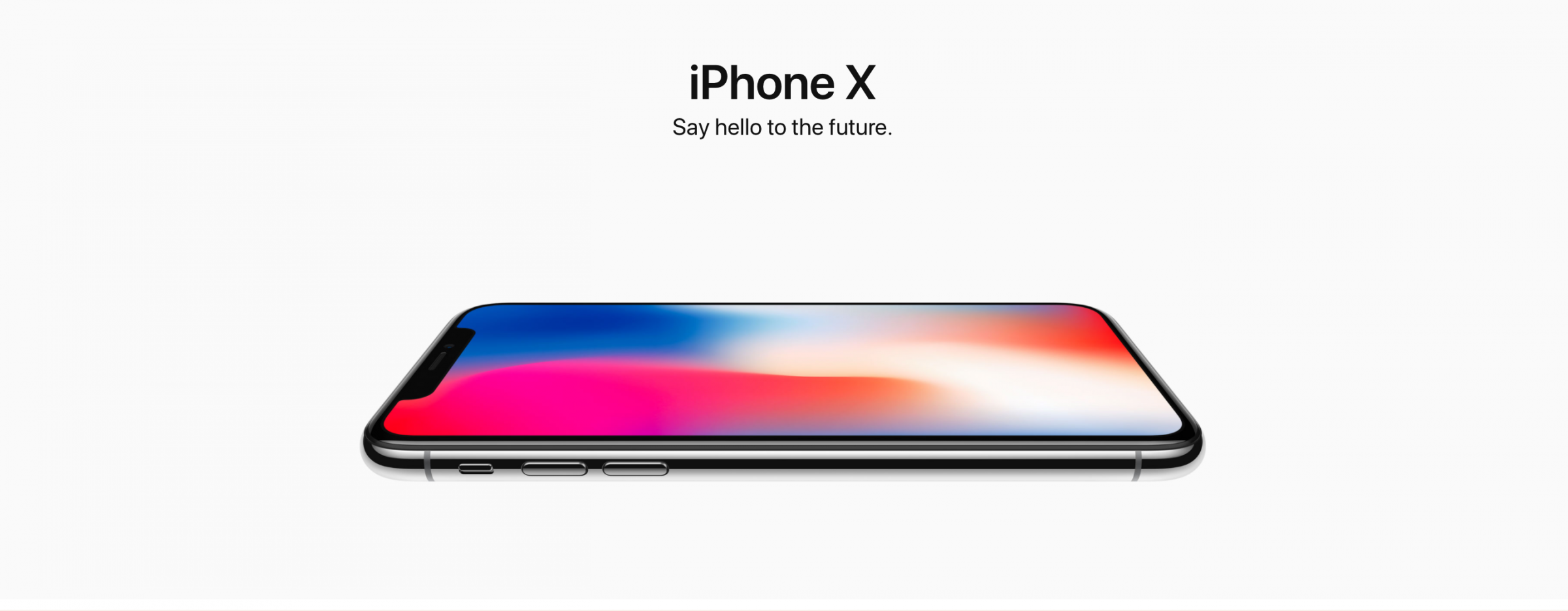Who would think that someday, the studies by Carl Gustav Jung would be implemented in design and branding? Not the great scientist himself, for sure. Though the concept of a brand as we know it was born in 1889, it wasn’t highly popular with people at the time when Jung was working on his studies about psychological archetypes. Strangely enough, his work helped another scholar, Carol S. Pearson, to sort out brand archetypes in the XXI century. This knowledge helps business owners to define their brand and to create a business marketing strategy that will bring them a significant profit.
The 12 branding archetypes
1. Caregiver
Such brands are aimed at taking care of their customers and help them to care about others. Consumeries branding associates caregivers with comfort, coziness, emotional warmth, and flexibility. This is the most obvious brand archetype for medicine, goods for kids and pregnant women, and other products of a “family†cart. At the same time, the role of caregivers can be also played by charity organizations and volunteers, insurance companies, and other brands that are targeted at both responsibility and safety.
Take a look at the logo design for Hope For Healing, created on DesignContest by irfadesign, that serves as a great example of a Caregiver design in branding.

2. Citizen
Brands-realists know what customers really like, and offer them specific solutions to acute problems, promising to bring comfort to the hustle of their daily routine. Two-minute noodles that can replace a time-consuming cooking process, pills that ease stomach ache, sneakers that let you “just do itâ€: those are “fairâ€, “simple†brands “for everybodyâ€.
EcoWash Systems is the very example of a Citizen branding that deals with cleaning systems, facilitating our daily routine. Its new logo was created on DesignContest by fauzanzainal.

3. Creator
Visioneers, artists, such brands are soaked with aesthetic values and encourage customers creativity and artistic freedom. These brands stand for the diversity in design, coming up with unexpected solutions that strike, amaze, and surprise. In other words, creators inspire their customers with bold decisions in advertising, packaging design, and product placement.
For instance, a Russian vodka brand FireWood has decided to present their products in the shapes of logs, bringing the name and its notion closer together.
4. Explorer
These brands promise their clients new experiences, escape from the daily routine, freedom of choice and decision making. The tactics of this archetype has been used by MasterCard, Coca-Cola, and even Nike. They motivate their clients and help them to discover something fascinating every day, encouraging new interests and, as the result, new expenses.
Why is MasterCard a true Explorer? This company constantly offers its “lucky†clients bonuses like free trips to different countries, cinema tickets, and other pleasant perks that allow everyone to explore and enjoy their lives.
5. Hero
Heroes are strong personalities with their own worldview. Determined, positive, capable of dealing with exciting challenges, they inspire customers to leave their comfort zone and take up hard assignments. “The future is yoursâ€: this is what Hero archetypes promise us. In general, they are aimed at a male audience, though there are also a couple of female advertising examples as well. Heroes assure us in our powers, turning us into heroes as well.
One of the recent clients of DesignContest platform, Body 5 Fitness, has got its powerful logo design created by Ideasbyking and can now encourage others to work out and improve their body and health.

6. Innocent
These brands are sweet, cozy, and feel like home. Think of Coca-Cola Christmas trucks that spread Christmas mood, giving us joy and happiness or a cup of Jacobs that you can almost smell through a TV-screen. This archetype plays with nostalgia, referring to your “inner kidâ€, friendship, and family relations.
Such Innocent archetype is reflected in a brand called Sunday that deals with a real estate business. As it is commented on Behance,
Our concept was anchored in an idea, that finding and buying a new home is a deeply personal and emotional journey. We tapped into this to craft a brand based on a particular warm and cozy Sunday feeling. Sunday is the day of the week that belongs to breakfast in bed, Netflix, and newspaper reading on the couch – the day of the week that belongs to ‘home’.
7. Jester
Being prankers, these brands don’t want to be boring and follow the daily routine. Their freedom from care appeals to kids and teenagers, which is why this archetype is widely used by snacks, fizzy drinks, and other junk food marketing. Thanks to Jesters, advertising campaigns become viral if they use irony or even sarcasm.
A Back To School campaign on Behance is a bright example of a Jester archetypes, showing that school kit can be funny, too.

8. Lover
These brands make customers feel very special. They lure with romance and promise adventures, surround their clients with beauty and luxury, and make everything possible for the client to feel exclusive. What’s more, the price shouldn’t necessarily be high. Think of L’Oreal with their “You’re worth itâ€. This slogan makes you feel really special, doesn’t it? Despite the stereotypes, Lovers can be come across not only among female but also among male brands. Even Mercedes uses this branding strategy.
9. Magician
This brand archetype cherishes mystical symbols and uses the power of Nature to come up with its magical products. Lots of make-up brands, nutrition companies, and even Tesla emphasise how close to nature their products are and how wonderful it is for you to use them.
Thus, the design created for Thanks Nature on DesignContest by JCreation is a magical example of what a Magician brand should look like.

10. Rebel
These brands break stereotypes and don’t want to follow the rules. They make the rules on their own and establish the newest trends. By accelerating changes or stepping aside from the existing visual patterns, these brands become leaders in their marketing niche that inspire others. If you want the example that everyone is talking about, think of Apple. As they say, say hello to the future.
11. Sage
Sages appreciate intelligence, experience, and professionalism. They like to visualize everything, providing their clients with infographics and charts that prove once again why Sages are worth being chosen.
12. Sovereign
Only true market leaders and brands with a rich history can appeal to this archetype. These brands conquer and reign. Noble, stable, of the highest quality, they can use posh taglines and no one will dare to question them. They reflect luxury. In other words, luxury is a synonym of those brands. Just like it is in the case with Givenchy. These brands own the world.








